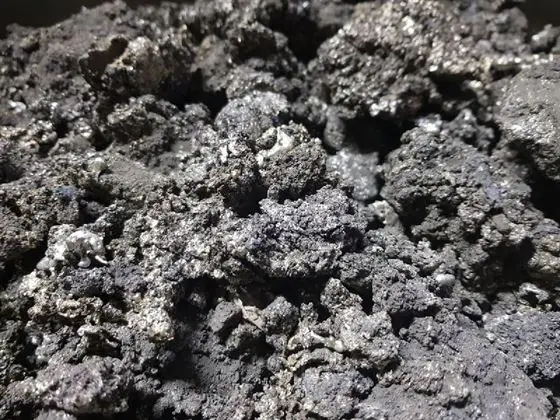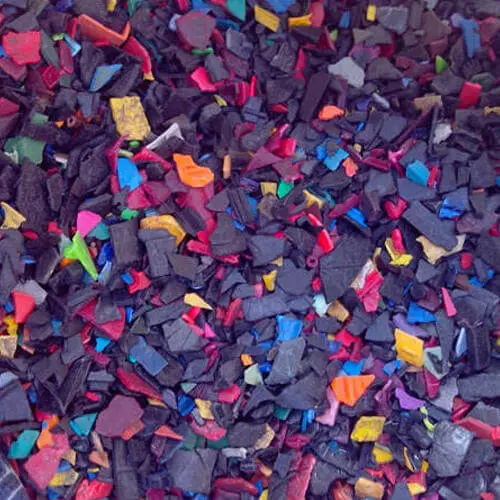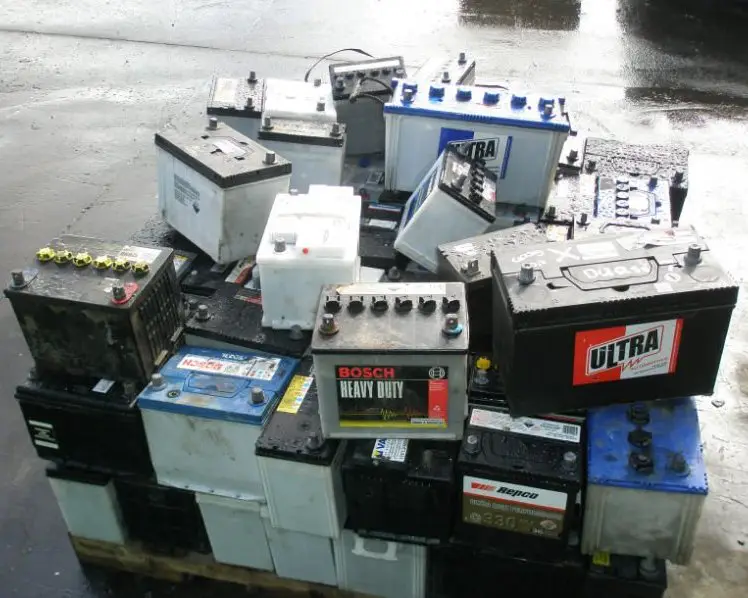
Lead acid batteries have a self-life range from three to five years, after which they are processed into lead acid battery scrap. Certain rules must be followed in order to normalise the collection and handling of such hazardous scrap.
More than 73% of the lead produced globally is utilized for making lead acid battery scraps. All lead acid users are supposed to return used batteries to approved collecting agencies, and we purchase lead acid battery waste from these agencies for recycling.
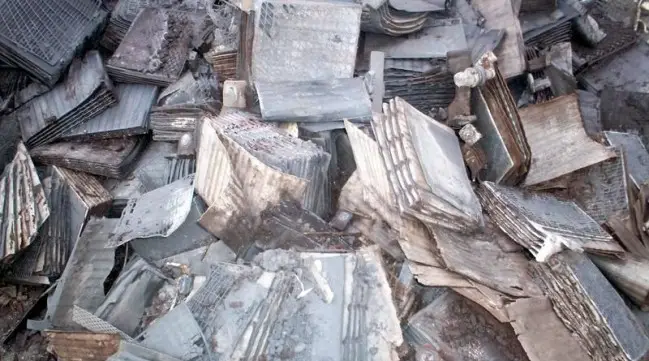
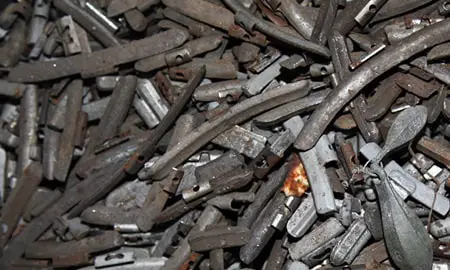
Lead dross is a solid impurity mass that floats on a molten metal bath. It commonly arises during the melting of low melting point metals or alloys such as tin, lead, zinc, or aluminums, or as a result of metal oxidation. They may also contain contaminants such as paint scraps.
The melting process eventually produces waste, which confirms lead concentrations of less than 2.0% by weight, is non-leachable in nature, and can be used for land filling with a 550mg/Kg Soil Concentration restriction, therefore we buy some other lead wastes as well for recycling and making lead and alloys.
